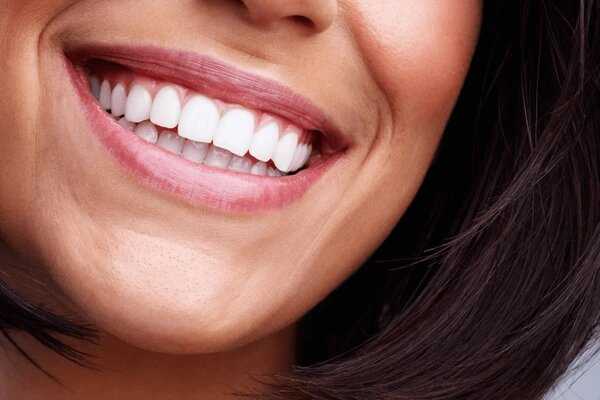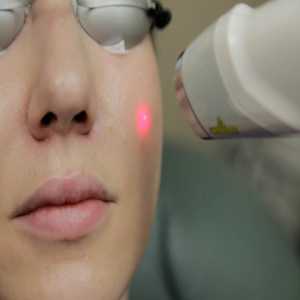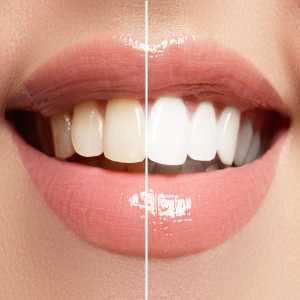
Clear Aligners And Dental Restorations: Coordinating Treatment Plans

Clear aligners like Invisalign have become popular for orthodontic treatment due to their discreet appearance and convenience. They offer a way to straighten teeth without the metal brackets and wires associated with traditional braces. On the other hand, dental restorations like crowns, veneers, bridges, and implants are often necessary to repair damaged or missing teeth, improving both function and aesthetics.
Coordinating these two treatments can be complex when patients require clear aligners and dental restorations. It involves strategic planning between the orthodontist and the restorative dentist to ensure the best possible outcome for the patient. In this blog, we'll explore how clear aligners and dental restorations can work together, the challenges involved, and the steps to take for a successful treatment plan.
Why Coordination Is Key
Before diving into the details, it's essential to understand why proper coordination between clear aligners and dental restorations is so important. Clear aligners are designed to shift teeth gradually into their correct positions, while dental restorations aim to fix or replace damaged teeth. If these treatments are not carefully planned together, the movements caused by the aligners can interfere with the restorations or vice versa.
Here are a few common scenarios where coordination is necessary:
- Moving teeth with existing restorations: Aligners must account for existing crowns, bridges, or veneers.
- Placing restorations after orthodontic treatment: Restorative work might need to wait until the teeth have moved into their new positions.
- Addressing missing teeth with implants: Implants are placed after orthodontic treatment since they don't move like natural teeth.
1. Assessing the Patient’s Needs: Clear Aligners or Restorations First?
The first step in coordinating clear aligners with dental restorations is to assess the patient’s dental needs. Does the patient need extensive orthodontic treatment before restorations, or can the two treatments overlap?
Aligners First, Restorations Later
In most cases, orthodontic treatment with clear aligners comes before any permanent dental restorations. The reasoning is simple: aligners work by gradually moving your teeth. If restorations like crowns, veneers, or bridges are already in place, they could interfere with this process, or the aligners might need help to move those teeth into the desired positions.
For example, moving a tooth with a crown can be more complicated because the crown is not flexible like natural tooth enamel. If the crown doesn’t align perfectly with the desired end position, it might need replacing after the orthodontic treatment. Therefore, it’s often best to wait until the teeth have reached their final positions before doing any restorative work.
Restorations First, Aligners Later
In some cases, therapeutic work might need to be done before starting clear aligner treatment. For example, if a patient has a severely decayed tooth requiring a crown, it might need to be restored first to ensure it is strong enough for orthodontic treatment. Similarly, missing teeth might need temporary restorations or space maintainers until the final alignment is complete and implants can be placed.
2. Working with Existing Restorations
Patients with existing dental restorations like crowns, bridges, or veneers can still undergo clear aligner treatment. However, there are some specific considerations:
- Crowns: Teeth with crowns can often be moved with aligners, requiring extra care. The orthodontist may need to modify the aligners to ensure a proper fit over the crown. Sometimes, a crown may need to be replaced after the alignment process to fit the tooth's new position.
- Veneers: Veneers cover the front of the teeth, so if tooth movement is needed, aligners can be designed to accommodate them. However, veneers may need to be adjusted or replaced after orthodontic treatment to match the new alignment.
- Bridges: A dental bridge connects two or more teeth, so moving any supporting teeth can be challenging. In such cases, the bridge may need to be removed before treatment and replaced afterward.
3. Coordinating Dental Implants and Clear Aligners
Dental implants add another layer of complexity to clear aligner treatment. Since implants are fused to the jawbone and don’t move like natural teeth, careful planning is needed to ensure the success of both treatments.
Here’s how to coordinate clear aligners with dental implants:
- Implants After Aligners: It’s best to complete orthodontic treatment before placing dental implants. This allows the orthodontist to move the surrounding teeth into their ideal positions without interference. Once the alignment process is complete, implants can be placed in the exact locations where teeth are missing.
- Implants Before Aligners: In rare cases where implants are placed before orthodontic treatment, the aligners must be customized to work around the implants. The surrounding teeth can still be moved, but the implant will remain original.
- Temporary Restorations: If a patient is missing teeth and is undergoing aligner treatment, temporary restorations like removable partial dentures or bridges can be used during treatment to fill in the gaps. These temporary options help maintain aesthetics and function until the final implant can be placed after alignment.
4. Timing Is Crucial: When to Place Permanent Restorations
Timing is everything when it comes to combining clear aligners with dental restorations. The ideal time to place permanent restorations is after the orthodontic treatment and the teeth have settled into their new positions. This ensures the restorations fit perfectly and align with the newly straightened teeth.
Interim Restorations
During clear aligner treatment, interim or temporary restorations can be used to maintain the function and appearance of the teeth. These are designed to be replaced after the orthodontic treatment is finished. For example, a patient may wear temporary crowns or bridges during treatment and receive permanent ones once the teeth have moved into their final positions.
Retainers and Restorations
Most patients must wear retainers to maintain their results after completing clear aligner treatment. During this phase, it’s essential to communicate with the orthodontist and the restorative dentist to ensure the retainers fit properly and that any new restorations, like crowns or veneers, are factored into the final retainer design.
5. Communication Between Specialists
One of the most critical aspects of coordinating clear aligners and dental restorations is ensuring clear communication between the orthodontist and the restorative dentist. Both specialists need to be on the same page regarding the treatment plan, the timing of procedures, and the patient’s overall dental goals. Regular consultations and updates between the two will help ensure the treatments complement each other and produce optimal results.
If you live in Kalyan, you are searching for Dentist in Kalyan. It would be best if you considered OM Dental Care. Call us to Book an Appointment: +91-9004457690.
Conclusion
Coordinating clear aligners and dental restorations requires a thoughtful and strategic approach. Patients can achieve a beautiful, functional smile by planning the treatments correctly and ensuring open communication between the orthodontist and restorative dentist. Whether you're dealing with crowns, veneers, implants, or bridges, the key is to address your orthodontic needs first and then complete any vital work to ensure long-lasting, harmonious results.
If you're considering clear aligners and dental restorations, consult your dental professionals to develop a customized treatment plan that works best for you!
Author Bio
OM Dental Care
13, Nandanvan appartment, Kalyan-Murbad Rd, near prem auto bus stop, Purnima, Kalyan, Maharashtra 421301
09004457690
Facebook | Instagram | Google Map
Article Comments
No Comments!
At present there are zero comments on this article.
Why not be the first to make a comment?
Similar Articles
Search Pages
User Upgrade
account to full use of editor,
Including hyperlinks
Article Categories
There are zero sub-categories in this parent category.
There are zero sub-categories in this parent category.

















